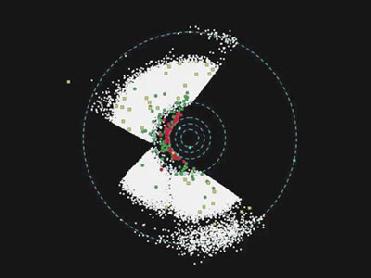
This animation is created to show the asteroids and comets observed so far by NASA's Wide-field Infrared Survey Explorer. NASA Photo.
PASADENA (BNS): NASA's Wide-field Infrared Survey Explorer (WISE) is surveying the cosmos in infrared light and has taken "freeze-frame" snapshots of hundreds of millions of cosmic specimens.
WISE will create a huge catalog of space objects, including the coolest stars, the luminous galaxies and some of the darkest near-Earth asteroids, comets and also the "failed" stars, called brown dwarfs.
The mission has captured the range mainly between Mars and Jupiter, including a small number of near-Earth objects -- asteroids and comets with orbits that pass within about 48 million kilometers (30 million miles) of Earth's orbit.
�We are taking a census of a small sample of near-Earth objects to get a better idea of how they vary," Amy Mainzer, the principal investigator of NEOWISE, a programme to catalog asteroids seen with WISE, said in a NASA news release.
So far, the mission has observed more than 60,000 asteroids in both Main Belt and near-Earth objects including 11,000 new asteroids.
"Our data pipeline is bursting with asteroids," said WISE Principal Investigator Ned Wright of UCLA, in the release. "We are discovering about a hundred a day, mostly in the Main Belt."
According to the space agency, WISE will also study Trojans asteroids that run along with Jupiter in its orbit around the sun and travel in two packs -- one in front of and one behind the gas giant.
The mission is expected to observe about half of the all 4,500 known Trojans of Jupiter, in which 800 are already covered. The results will address dueling theories about how the outer planets evolved.
The infrared vision of WISE gives a better estimate of an asteroid's size and colour. The darker asteroids are visible in the infrared light as some asteroids are blacker than coal and barely reflect any visible light. WISE will provide rough size and composition profiles for hundreds of near-Earth objects, in which about 100 to 200 objects will be new.
WISE has also bagged about a dozen new comets to date. There are long-period comets that had spend billions of years circling the sun in the frigid hinterlands of our solar system. Other are termed short-period comets -- they had spend most of their lives hanging around the space near Jupiter, occasionally veering into the space closer to the terrestrial planets.
The mission �WISE� which was launched on December 14, 2009 is expected to end by October 2010.
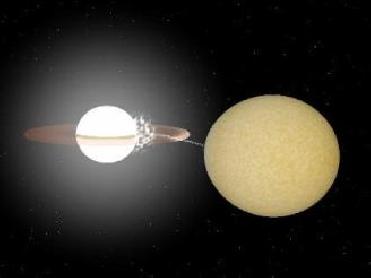 Previous Article
Previous Article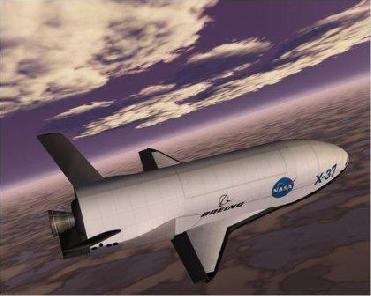 Next Article
Next Article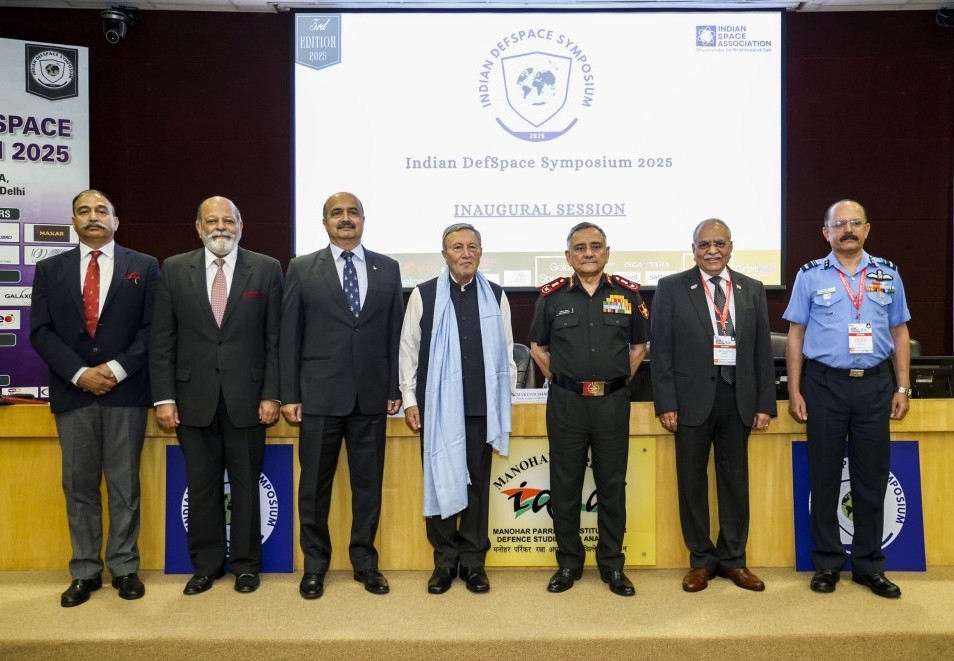


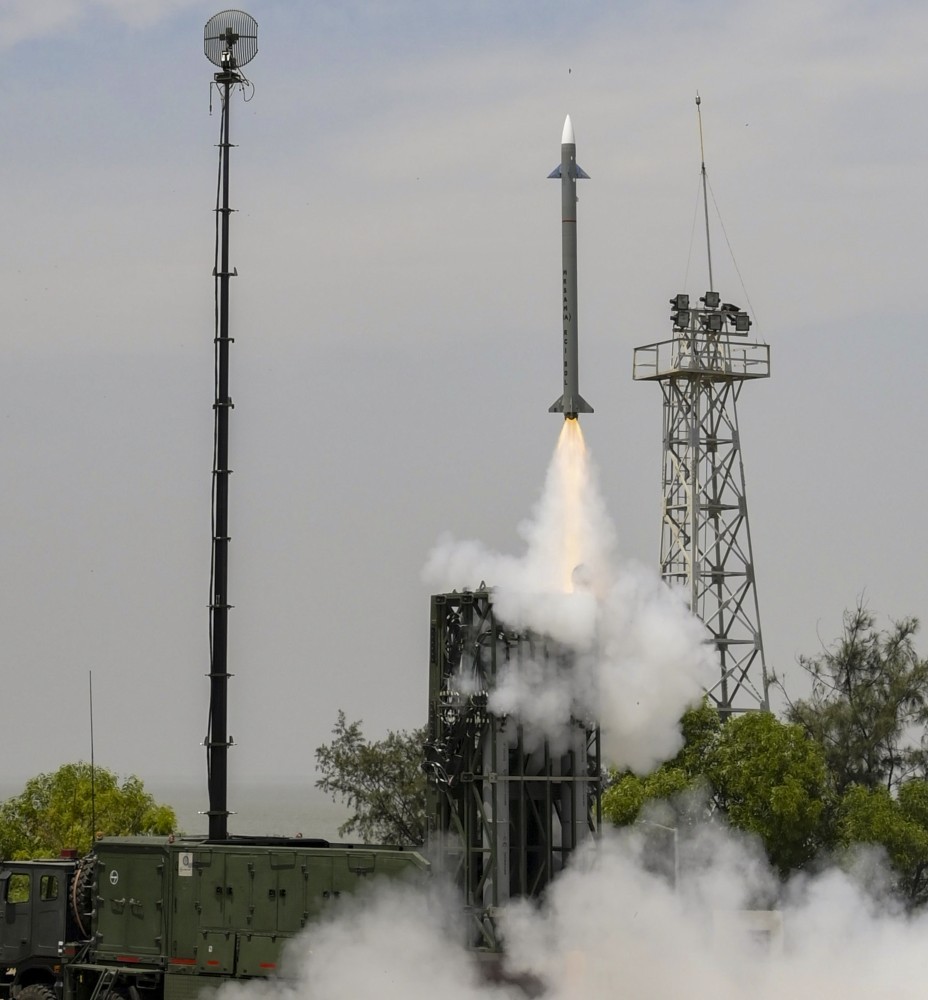










The Indian Air Force, in its flight trials evaluation report submitted before the Defence Ministry l..
view articleAn insight into the Medium Multi-Role Combat Aircraft competition...
view articleSky enthusiasts can now spot the International Space Station (ISS) commanded by Indian-American astr..
view article